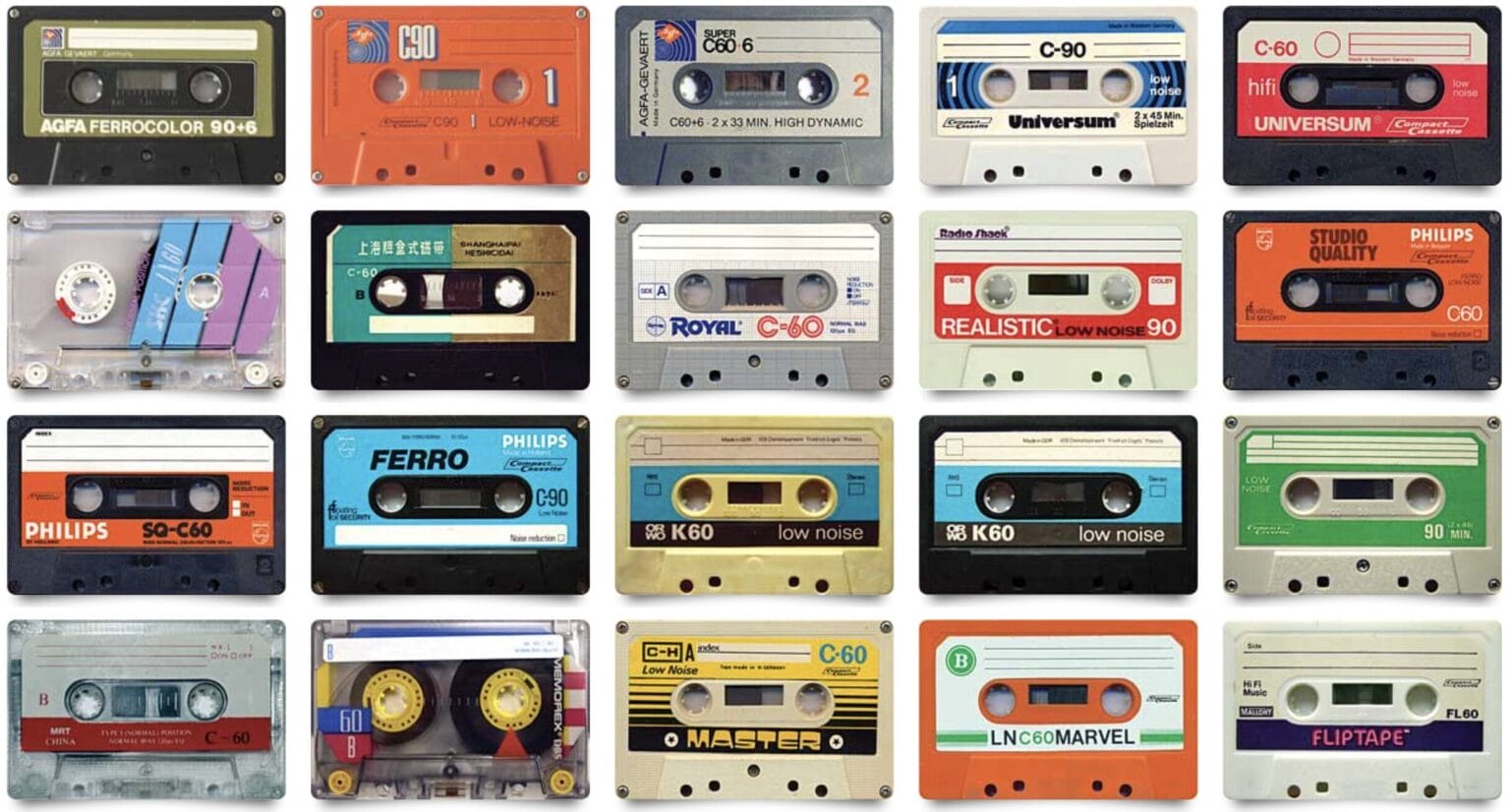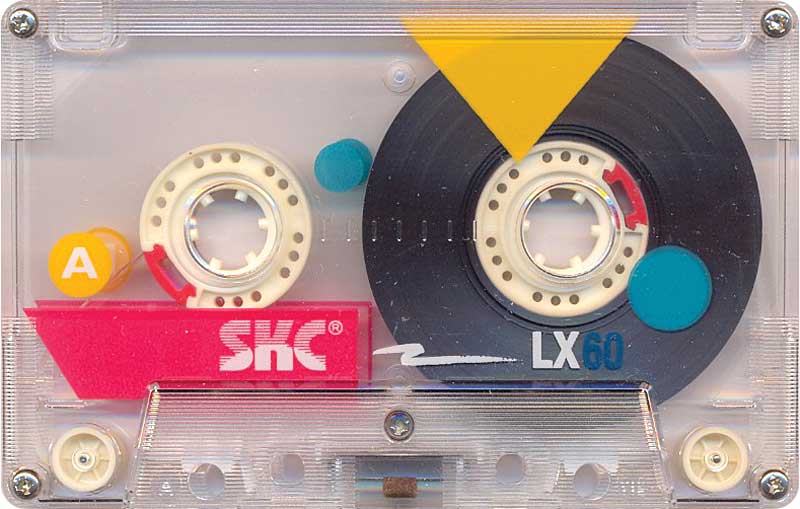The 80-second clip above captures a rocket launch, something of which we’ve all seen footage at one time or another. What makes its viewers call it “the greatest shot in television” still today, 45 years after it first aired, may take more than one viewing to notice. In it, science historian James Burke speaks about how “certain gases ignite, and that the thermos flask permits you to store vast quantities of those gases safely, in their frozen liquid form, until you want to ignite them.” Use a sufficiently large flask filled with hydrogen and oxygen, design it to mix the gases and set light to them, and “you get that” — that is, you get the rocket that launches behind Burke just as soon as he points to it.
One can only admire Burke’s composure in discussing such technical matters in a shot that had to be perfectly timed on the first and only take. What you wouldn’t know unless you saw it in context is that it also comes as the final, culminating moment of a 50-minute explanatory journey that begins with credit cards, then makes its way through the invention of everything from a knight’s armor to canned food to air conditioning to the Saturn V rocket, which put man on the moon.
Formally speaking, this was a typical episode of Connections, Burke’s 1978 television series that traces the most important and surprising moves in the evolution of science and technology throughout human history.
Though not as widely remembered as Carl Sagan’s slightly later Cosmos, Connections bears repeat viewing here in the twenty-first century, not least for the intellectual and visual bravado typified by this “greatest shot in television,” now viewed nearly 18 million times on Youtube. Watch it enough times yourself, and you’ll notice that it also pulls off some minor sleight of hand by having Burke walk from a non-time-sensitive shot into another with the already-framed rocket ready for liftoff. But that hardly lessens the feeling of achievement when the launch comes off. “Destination: the moon, or Moscow,” says Burke, “the planets, or Peking” — a closing line that sounded considerably more dated a few years ago than it does today.
Related Content:
Endeavour’s Launch Viewed from Booster Cameras
The 100 Most Memorable Shots in Cinema Over the Past 100 Years
The Most Beautiful Shots in Cinema History: Scenes from 100+ Films
125 Great Science Videos: From Astronomy to Physics & Psychology
Based in Seoul, Colin Marshall writes and broadcasts on cities, language, and culture. His projects include the Substack newsletter Books on Cities and the book The Stateless City: a Walk through 21st-Century Los Angeles. Follow him on Twitter at @colinmarshall or on Facebook.













